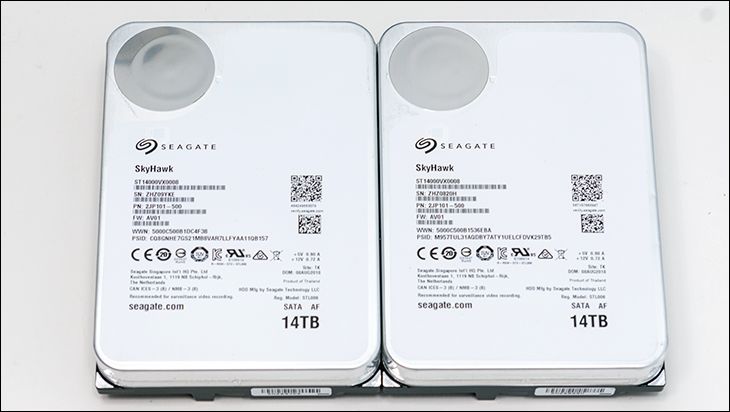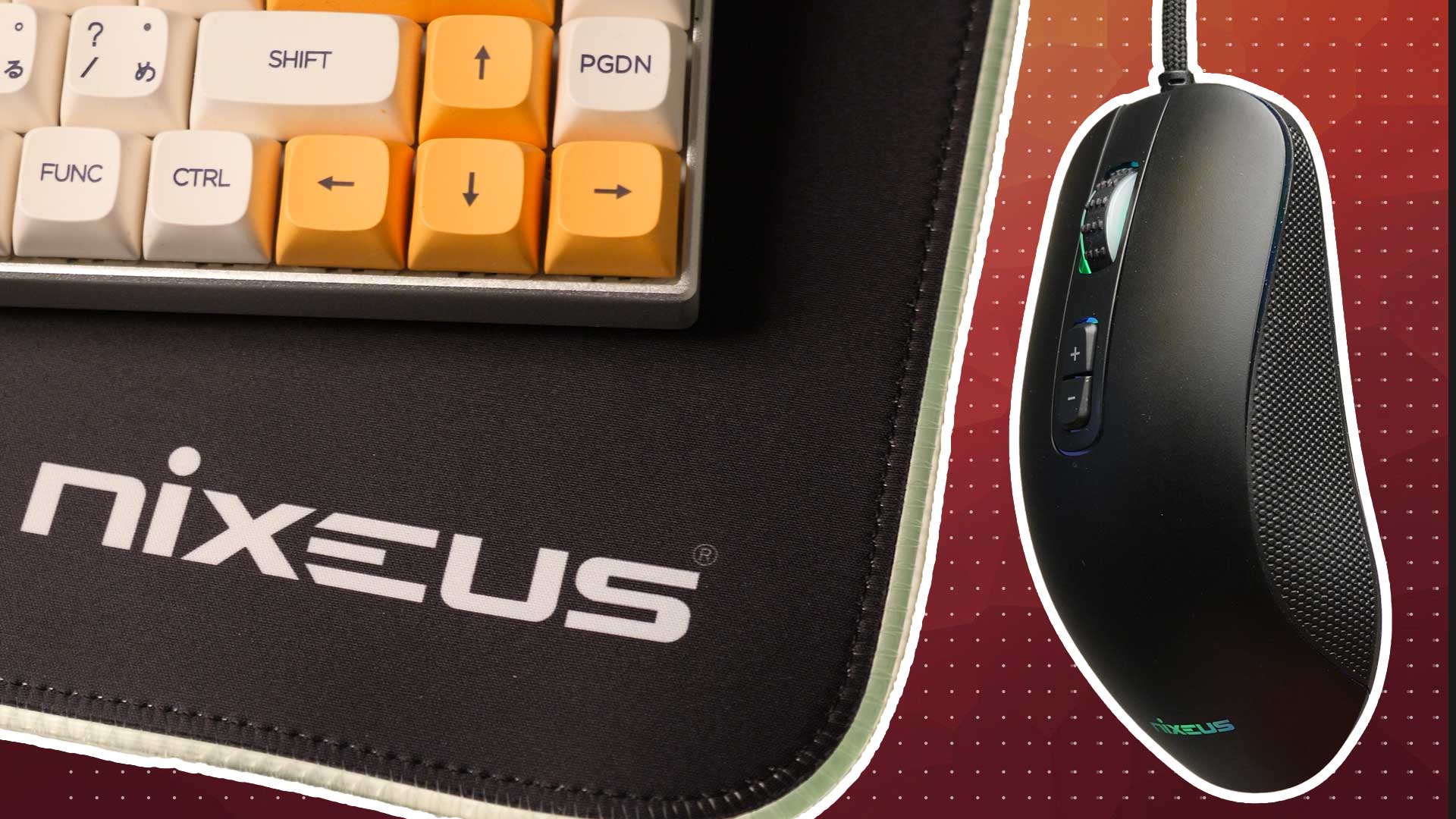Final Score: 76 out of 100
Of the entire Guardian series line-up the SkyHawk models are arguably the most narrowly, dare we say ‘laser’, focused. These models are not about trying to do multiple things, or being ‘jack of all trades’. SkyHawks are all about doing one thing, and doing it incredibly well. In other words, the SkyHawk series is all about being a master at surveillance storage. Nothing more, nothing less.
This is not a bad thing, in fact what Seagate has been able to accomplish is rather impressive to say the least. Seagate saw a corner of the marketplace where the competition (and yes even their own previous models) were failing to truly satisfy the needs of these buyers and their unique demands. More importantly instead of trying to just ‘adjust’ an existing model to fit into the “Surveillance” mold, Seagate created a master. A highly focused master whose only job is to excel at a very specific set of goals… and succeed it does at doing precisely that. Any self-respecting storage enthusiast has to respect and even laude such a master piece of engineering, as it is always a joy to watch a master at their craft.
In order to create such a tightly, albeit narrowly, focused model Seagate made two major changes early on in the design process and both are the secret to this series’ success. Arguably, the largest tweaking was to MTC algorithms… and these tweaks prove just how massive an impact these cutting-edge algorithms have on overall performance. Unlike any other model, the MTC that is used on the SkyHawk prioritizes deep queue depth sequential write performance and only deep queue depth sequential write performance. By focusing almost the entirety of processor cycles on ensuring uninterrupted sequential write performance Seagate was easily able to create a drive that really can handle the demands of 64 simultaneous HD media streams. Yes, a mere hard drive has been designed to excel at constant 64 queue depth demands. That is insanely difficult for one HDD to do, and yet the SkyHawk can pull it off.
However, the firmware tweaking is only part of the equation. Backstopping this highly tweaked set of algorithms is hardware that is not typically seen in this corner of the marketplace. Previously, ‘surveillance’ was code word for slow Shingle Magnetic Recording technology… tech most corners of the market have shunned. Instead the SkyHawk uses a modified version of Seagate’s standard IronWolf series. By using CMR/PMR technology the actual hardware is able to keep up with the demands the firmware algorithms place on the drive – as let’s face it constantly writing 64 separate and unique data streams is bloody difficult for one 7200rpm drive to do. Mix in typical NAS centric features such as anti-vibration sensors and the SkyHawk can live in anything from piddly littler 1 bay surveillance appliances to larger 8+ bay surveillance servers.
It is just so unfortunate that while the average storage enthusiast can respect such uniqueness and focus the SkyHawk is not going to be optimal at anything beyond being constantly slammed with large sequential writes. As we saw in testing, it can whistle the tune of more commonplace scenarios, but reasonable asking price or not the SkyHawk is just too narrowly focused to be an optimal choice outside of its one specialty. As such, if you are looking for replacement drives for your surveillance appliance/server the SkyHawk is basically the only one of two models you need look at. For everyone else, there are less… specialized models that probably will fit your needs better.

The Review
Seagate SkyHawk 14TB
If you are looking for replacement drives for your surveillance appliance/server the SkyHawk is basically the only one of two models you need look at. For everyone else, there are less… specialized models that probably will fit your needs better










